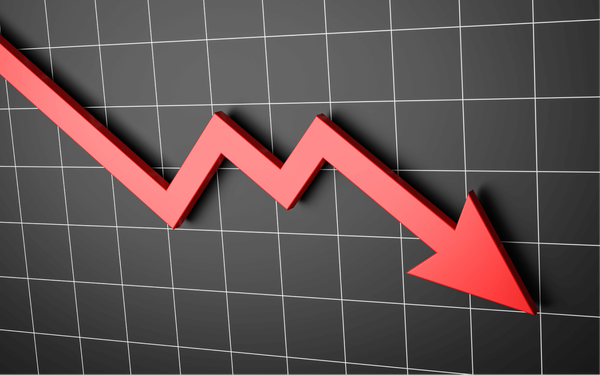What is Intraday Trading & how it differs from investing
The difference between intraday trading and investing can sometimes be confusing. One is demands speed, while other patience.

The stock market presents a variety of options to its participants, seeking long-term or short-term trading. Among these, intraday trading has been one of the most popular options because it allows the trader to take advantage of small price fluctuations within the same trading day. In contrast to traditional investing, where investors hold shares for weeks, months, or years, intraday traders buy and sell shares within a few hours or minutes of a single trading day, often liquidating their positions prior to the market closing.
For beginners, the difference between intraday trading and investing can sometimes be confusing. In this blog, we will explore what intraday trading is, the difference between intraday trading and investing, and strategies to guide a beginning intraday trader.
What is Intraday Trading?
Intraday trading (also called Day trading) refers to the process of buying and selling stocks within the same trading session. The aim is not to hold the stock for the long term but to capitalize on small price fluctuations during a single trading day.
If a trader buys shares of HDFC Bank at ₹1,600 in the morning and sells them at ₹1,620 in the afternoon, they make a profit of 20 per share. Here, the entire buying and selling is done in a single day, with all positions squared off (exit) by the end of the session, meaning there is no delivery of shares to a Demat account representing intraday trading.
What is Investing?
Investing is the process of buying assets such as stocks, bonds, or mutual funds with an aim of holding them for the long term to generate attractive returns. The ultimate goal is to generate wealth in a steady manner through capital appreciation, dividends, and compounding.
For example, an investor may purchase Infosys stock at ₹1,500 and hold it for 10 years, during which time the stock price could appreciate significantly while also generating dividend income.
Difference between Intraday Trading and Investing
Now that you know what intraday trading is and what is investing, let’s get a more detailed understanding. This comparison highlights the difference between the two approaches. Intraday trading is about speed and agility, while investing is about patience and growth.
What beginners should know?
Intraday trading is not gambling; it requires discipline, planning, and the right strategies. Beginners should be aware of the following strategies before beginning their journey in intraday trading:
Momentum trading
Identify stocks that are showing strong upward or downward movement and ride the trend until momentum dies off.
Breakout trading
Identify support and resistance levels. When a stock breaks these levels with high volume, it often indicates the beginning of a new trend.
Scalping
This involves carrying out numerous trades within a single day with small gains on each trade that add up. It demands speed and accuracy to carry out each trade with gains.
Moving Averages strategy
Moving averages (such as 20-day and 50-day averages) are used by traders to identify potential entry and exit points.
News-Based trading
Quick price movements can be induced by corporate announcements, economic data, or government policies. Intraday traders tend to exploit this volatility to carry out their trades to make quick gains.
Who should choose Intraday Trading?
Both Intraday trading and investing have their own advantages and disadvantages. Therefore, selecting which investment approach suits a particular investor is discussed below:
Intraday Trading is suitable for:
- Traders who have time to monitor markets and carry out their trades on a daily basis.
- Traders who like taking high risks and enjoy quick decision-making.
- Traders who have thorough knowledge of technical analysis and short-term price trends.
Investing is suitable for:
- Investors seeking long-term financial stability with wealth creation.
- Investors who don’t have time to track daily price fluctuations and carry out trades on a daily basis.
- Investors seek steady growth, dividends, and want to harness compounding power.
Conclusion
Intraday trading and investing are two completely different styles of stock market investment. Intraday trading is a fast-paced, risky, and profit-driven approach with a single-day investment horizon, while investing is steady, disciplined, and focused on long-term wealth creation.
For beginners, the choice depends on personal goals, time availability, and risk appetite. In general, Beginner investors should begin their investment journey by investing to gain market experience and develop an understanding of the Indian stock market. Later, they can explore intraday trading once they gain experience, knowledge, and risk management skills.




